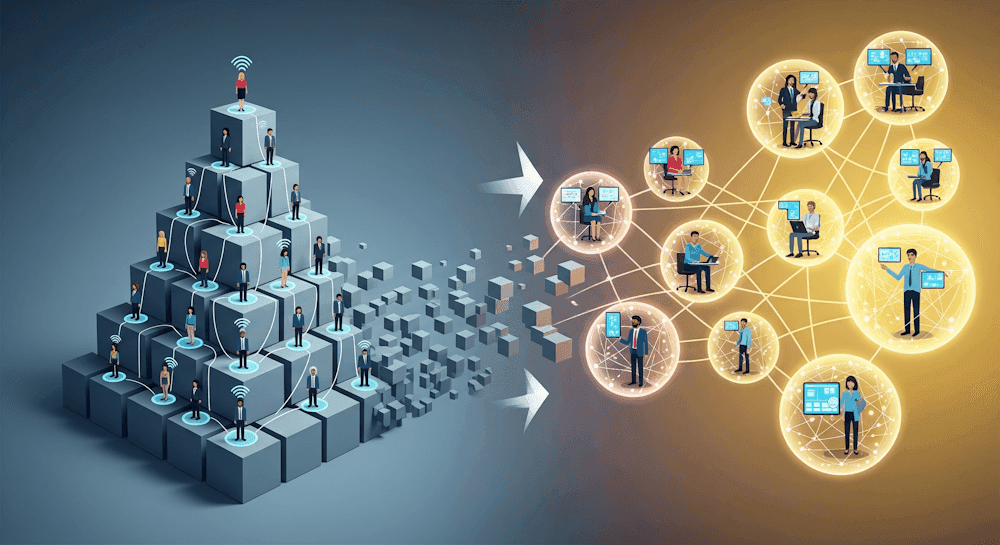The business environment is constantly changing — and so is the HR environment. The changing environment of HRM includes workforce diversity, economic and technological changes, globalization, organizational restructuring, and changes in jobs and work. Let’s look at these in detail.
1. Workforce Diversity
Diversity is defined as any attribute people use to see someone as different from themselves — including race, sex, age, values, and cultural norms.
The global workforce is becoming more diverse every day. This trend is expected to grow as women, minority groups, and older workers increasingly join the workforce.
With the growing number of women entering the workforce — due to factors like women’s emancipation, economic needs, gender equality, and better education — additional workplace challenges have also emerged.
For instance, modern women are now employed in almost every profession — teachers, lawyers, doctors, engineers, accountants, pilots, parliamentarians, and more. This has led to the need for:
- Flexible work scheduling
- Child care facilities
- Maternity and paternity leaves
- Transfers to a spouse’s posting location
Similarly, as the workforce ages, employers face higher healthcare costs and increased pension contributions.
Creating unity in a diverse workforce is also a challenge for HR managers. Experts note that while organizations claim they want to maximize diversity, traditional HR systems often prefer similarity over diversity, hiring and promoting people who fit a certain mold.
2. Economic and Technological Change
Economic and technological developments have significantly altered employment patterns and occupational structures.
In India, for example, the New Economic Policy (1991) led to liberalization and globalization, giving rise to multinational organizations with multicultural dimensions. There was also a major shift from agriculture → industry → services.
Modern organizations have increasingly become technology-driven. Advancements like automation, robotics, and big data in manufacturing are replacing many blue-collar jobs with fewer, highly skilled ones.
In offices, personal computers, word processing, and management information systems have transformed the nature of work. The rise of internet-based technologies has accelerated the “fall of hierarchy,” allowing remote work and giving birth to virtual organizations.
HR planners must now adapt strategies to meet these changing work models.
3. Globalization
Globalization has pushed many companies to expand into new international markets. Competition is now global, and firms must compete with both local and foreign players.
This has led to the rise of multinational corporations (MNCs), which face:
- Cultural diversity challenges
- Intense competition
- Variations in business practices
HR managers now need to tap into the global labor force and develop policies for selection, training, and compensation of expatriate employees. Understanding HRM in multinational contexts has become essential.
4. Organizational Restructuring
To stay competitive, many organizations undergo restructuring — including mergers, acquisitions, downsizing, and rightsizing.
Common changes include:
- Eliminating layers of managers
- Closing facilities
- Merging with other organizations
- Outsourcing or outplacing workers
While these steps can improve productivity and reduce costs, they also bring human consequences — such as job loss, stress, and morale issues — which HR managers must address sensitively.
5. Changing Nature of Work
Technological and global changes have transformed the nature of jobs.
Examples include:
- Relocating operations to low-wage regions
- Increasing use of temporary or part-time workers
- Moving from manual labor to mental and knowledge-based work
Management expert Peter Drucker predicted that future organizations would be knowledge-based, relying heavily on specialists who use feedback from colleagues, customers, and headquarters.
This shift means businesses are placing more value on human capital — the knowledge, education, training, and skills of employees. Jobs today demand creativity, expertise, and problem-solving abilities far beyond what was required decades ago.
Conclusion
The HR environment has evolved drastically. Modern HR managers must handle challenges very differently from the past.
As Drucker put it:
“The centre of gravity in employment is moving fast from manual or clerical workers to knowledge workers, who resist the command and control model that business took from the military 100 years ago.”
Read the related article -






